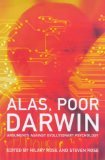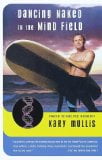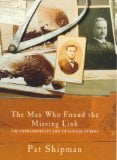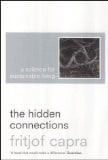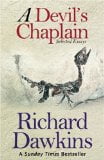 The UFOs That Never Were
The UFOs That Never Were
by Jenny Randles, Andy Roberts and David Clarke
London House, £16.99, ISBN 1902809351
This book is a surprise. The authors are well-known British UFOlogists, with over 75 years’ experience of the subject between them. All believe there is something to be learned from studying UFOs. The surprise is that the book is devoted to explaining UFO “sightings” by natural means. The book has an introduction and nine chapters, each devoted to a major British UFO “sighting”. There are also eighteen “boxed features” – short chapters dealing with other UFO events. These include the Roswell “crashed saucer” and the “alien autopsy” film. Other cases are mentioned briefly in passing.
Generally, the authors do a good job of explaining the “UFO sightings”. In one case a “UFO” was a lighthouse, in another case the sun shining on rocks, in another burning fuel dumped from a crippled plane. Some UFOlogists are praised for good research. Others are slammed for shoddy fantasising.
The book is worth reading because of the quality of the thought and research, which resembles good skepticism. It does raise the question, though, what is going on? There are hints. Roberts, in his dedication, refers to “the madness which grips UFOlogy”. The authors describe the passionate beliefs of UFO buffs that an alien invasion is in progress, and their nearparanoid suspicions of anyone researching the area without this commitment. Instead, the book argues for a commitment to truth regardless of what that truth is.
From a skeptical viewpoint, this is very good news. It looks as if the UFO community has grown its own rational wing. This might bring some reason to a field rife with florid claims and wild suspicions.

